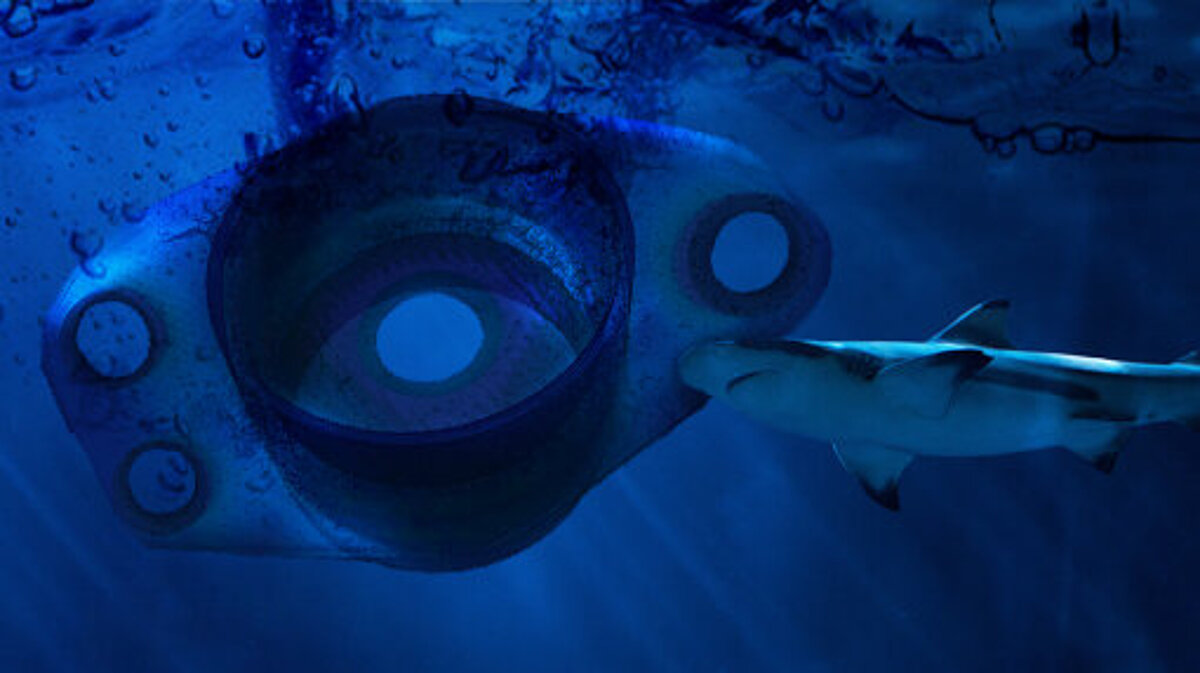Fright pores - what do pores have in common with sharks?

Do you know this? You have designed, constructed and calculated a die-cast aluminum housing under great time pressure. The date for the start of production is set in stone. The expensive tool has been built and changes to the geometry are only possible to a limited extent.
However, the first castings produced show pores in areas subject to high stresses. The process parameters of the die casting system can still be adjusted somewhat, but the pores cannot be completely avoided.
To save material and weight, the housing has been designed to be as light as possible and shows a load in the limit range in the FEM calculation. Now the pores are added...
With pores it is like with sharks, the unknown danger lurks just below the surface, the bigger the more dangerous.
If they have already surfaced, they can be detected.
The modeling of pores in conventional FEM systems such as ANSYS and ABAQUS is complex. Here, one limits oneself to a few critical pores at or just below the surface. However, this is time-consuming and expensive.
But are there other tools that are helpful to detect and evaluate the effects of pores?
Solutions for this come from the field of image processing.
Using a computer tomography image, the pores are measured section by section and processed as a solid model.
Mesh-free solution algorithms (immersed boundary solvers) can be used to determine and evaluate the stresses of the real component, assuming a purely linear elastic behavior.
These possibilities of calculation are new and are currently used far too little!
Derived meshes for conventional FEM programs based on CT images are still a dream of the future, but sooner or later they will offer the possibility of including all nonlinear effects.
Are you interested in testing the processes on your own components?
Send me an email at info@merkle-partner.de with the subject "Pores". We will then get in touch with you as soon as possible.
Phone: +49 (0)7321 9343-0
E-Mail: info@merkle-partner.de
Of course, you are also welcome to browse our website:
www.merkle-partner.de



